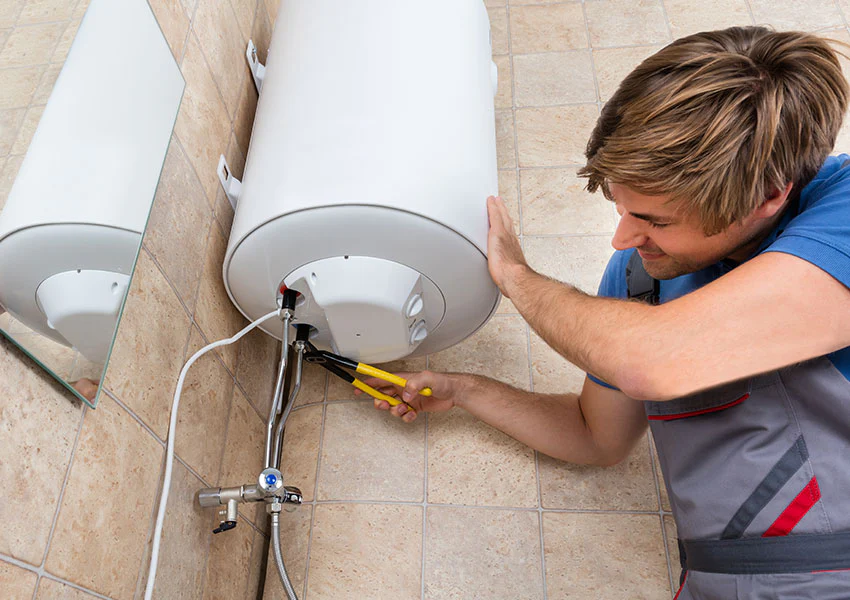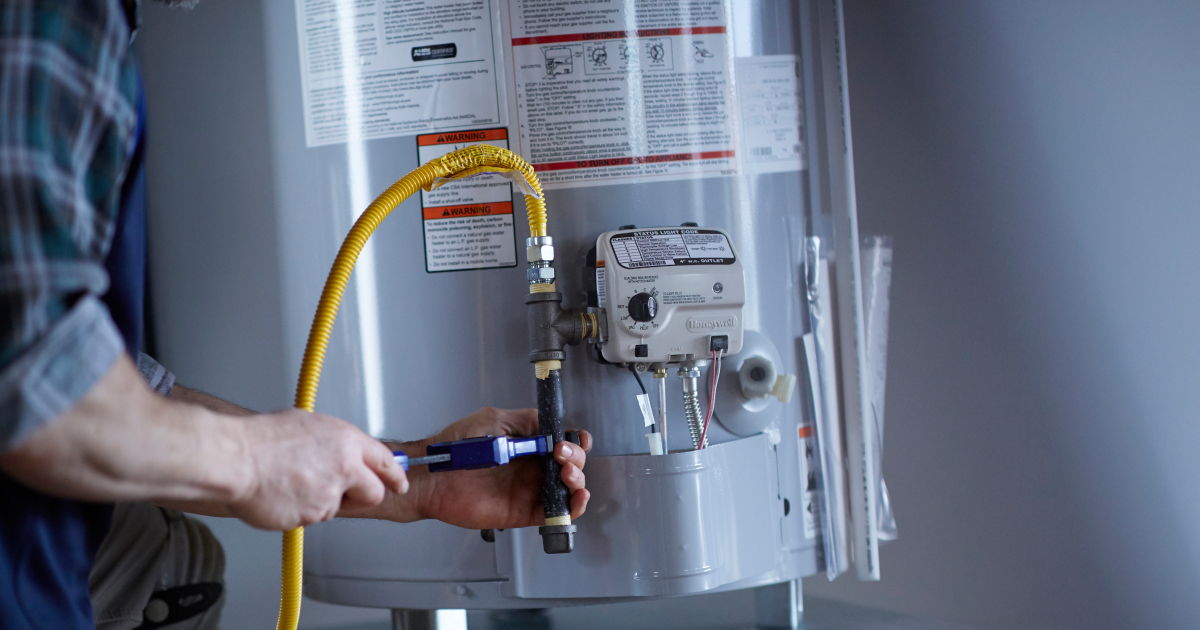Best Practices for Maintaining Your Home's Hot Water SystemUseful Techniques for Maintaining Your Home's Hot Water System
Best Practices for Maintaining Your Home's Hot Water SystemUseful Techniques for Maintaining Your Home's Hot Water System
Blog Article
Just how do you feel on the subject of Water Heater Maintenance Tips You Can't Afford to Forget?

Hot water is crucial for everyday comfort, whether it's for a refreshing shower or washing recipes. To ensure your warm water system runs effectively and lasts longer, normal upkeep is crucial. This short article gives functional tips and understandings on exactly how to maintain your home's warm water system to avoid disturbances and expensive repairs.
Introduction
Keeping your home's hot water system might appear daunting, however with a couple of basic steps, you can ensure it runs smoothly for many years ahead. This overview covers everything from comprehending your warm water system to DIY maintenance suggestions and understanding when to call in expert assistance.
Relevance of Maintaining Your Warm Water System
Regular upkeep not just expands the lifespan of your hot water system yet additionally ensures it operates successfully. Disregarding maintenance can result in decreased effectiveness, greater power bills, and also early failure of the system.
Indications Your Hot Water System Requirements Maintenance
Knowing when your hot water system requires focus can protect against significant concerns. Keep an eye out for indicators such as inconsistent water temperature, strange noises from the heater, or rusty water.
Flushing the Hot Water Heater
Flushing your water heater removes sediment build-up, boosting performance and lengthening its life.
Monitoring and Replacing Anode Rods
Anode rods stop rust inside the storage tank. Examining and replacing them when worn out is crucial.
Facility Concerns Needing Expert Aid
Instances include significant leakages, electrical problems, or if your hot water heater is regularly underperforming.
Regular Specialist Maintenance Benefits
Professional upkeep can consist of comprehensive inspections, tune-ups, and making certain compliance with safety and security criteria.
Checking and Adjusting Temperature Level Settings
Adjusting the temperature level settings ensures optimum efficiency and security.
DIY Tips for Upkeep
You can carry out numerous upkeep jobs yourself to keep your hot water system in top problem.
Looking for Leakages
Frequently examine pipes and links for leaks, as these can cause water damages and higher expenses.
Comprehending Your Hot Water System
Before diving into maintenance tasks, it's practical to comprehend the fundamental elements of your hot water system. Usually, this includes the hot water heater itself, pipelines, anode poles, and temperature level controls.
Monthly Maintenance Tasks
Normal month-to-month checks can aid capture minor issues before they rise.
Checking Stress Relief Valves
Evaluating the pressure safety valve guarantees it works correctly and prevents excessive stress accumulation.
Insulating Pipes
Shielding hot water pipelines reduces warm loss and can conserve energy.
When to Call a Professional
While DIY upkeep is helpful, some issues call for expert expertise.
Final thought
Normal maintenance of your home's hot water system is essential for effectiveness, longevity, and expense savings. By complying with these tips and recognizing when to seek expert assistance, you can ensure a trustworthy supply of warm water without unexpected disturbances.
How to Maintain an Instant Hot Water Heater
Before tinkering with your hot water heater, make sure that it’s not powered on. You also have to turn off the main circuit breaker and shut off the main gas line to prevent accidents. Also turn off the water valves connected to your unit to prevent water from flowing into and out of the appliance. 2. When you’re done, you have to detach the purge valves’ caps. These look like the letter “T” and are situated on either side of the water valves. Doing so will release any pressure that has accumulated inside the valves while at the same time avoid hot water from shooting out and burning your skin. 3. When the purge valves’ caps are removed, you have to connect your hosing lines to the valves. Your unit should have come with three hoses but if it didn’t, you can purchase these things from any hardware or home repair shops. You can also get them from retail stores that sell water heating systems. Read the user’s manual and follow it to complete this task properly. When the hosing lines are connected, open the purge port’s valves. 4. You should never use harsh chemical cleaners or solutions when cleaning your unit. Make use of white vinegar instead. It should be undiluted and you’ll probably use about 2 gallons. 5. Now flush your water heater. This task should probably take about 40 minutes. We can’t give you specific directions for this because the procedure is carried out depending on the type, model and brand of your heater. With that being said, refer to the user’s manual. 6. When you’re done draining the unit, you have to turn off the purge port valves again. Remove the hosing lines that you earlier installed on each of the water valves. Put the valve caps (purge port) back in their respective places and be very careful so as not to damage the rubber discs that are found inside these caps. 7. Now that everything’s back in place, check your user’s manual again to find out how to reactivate your water heating system. 8. Once it is working, turn one of your hot water faucets on just to let air pass through the heater’s water supply pipes. Leave the tap on until water flows smoothly out of it. https://www.orrplumbing.com/blog/2014/september/how-to-maintain-an-instant-hot-water-heater/

I was made aware of that editorial about What Kind of Maintenance Do Water Heaters Need? through a pal on a different domain. Do you know about somebody else who is sincerely interested in the niche? Do not hesitate to promote it. Kudos for your time. Come back soon.
Apply Now Report this page